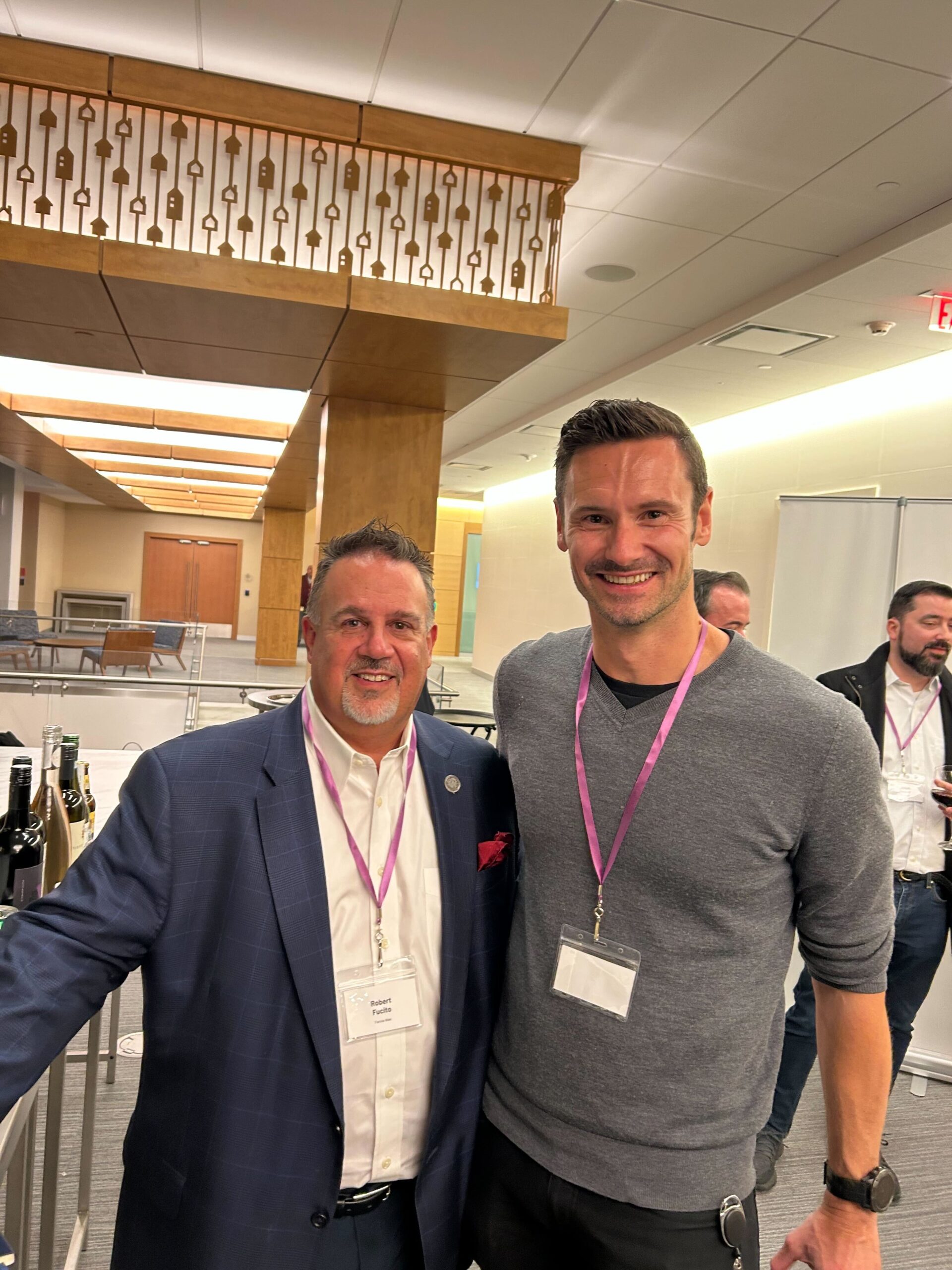In the dynamic and rapidly evolving landscape of modern business, adaptability is crucial for success. Through iluminr’s ‘Gamechangers in Resilience’ interview series, we turn the spotlight on prominent leaders who exemplify resilience, both professionally and within their communities.
Bob Fucito is an award-winning financial services executive renowned for his extensive expertise and accomplishments in the industry. An authority in Crisis Management, Business and Technology Resiliency, Physical Security, and Facilities Infrastructure and Design, Bob has recently focused his efforts on 3rd Party Risk Management, Organizational Resilience, cyber response planning, and fostering a resiliency mindset for cloud operations. His work in these areas has not only showcased his ability to adapt and innovate in the face of emerging industry challenges but has also demonstrated his commitment to leading operations with foresight and strategic planning.
Bob’s seasoned professional journey is further augmented by his academic achievements, most notably a Certificate in Design Thinking & Problem Solving from the Massachusetts Institute of Technology (MIT). This prestigious credential underlines his approach to problem-solving, blending innovative design thinking methodologies with his vast industry experience.
Bob serves as the executive sponsor for the SERVE360 Program at Fannie Mae, and is a board member with the World Cares Center.
A thought leader and a visionary, Bob Fucito continues to shape the future of financial services. He is a Gamechanger you should know, steering organizations towards resilience and sustained success in an ever-evolving global landscape.
Q: What were early influences that shaped who you are as a leader today?
Bob: During my early years as a manager, I worked for a senior manager that was tough. He gave me the most rigorous performance reviews and held me accountable to all my deliverables. I appreciate that today, 30 years later. Building relationships, influencing executives and learning what not to do from bad managers helped model my behavior. Finally, I think about my dad, and how hard he worked driving a truck, and how the long days he put in to provide for our family contributed to my work ethic.
I feel all those experiences contributed to my leadership style and the way I manage today.
Q: What are some top-of-mind Risk and Resilience issues for you now?
Bob: After experiencing so many different events through the decades, the risks that posed the most concern for me are those related to cyber-attacks, questions about how to get the benefits from using AI while working to reduce the potential risk, 3rd party risk and cloud concentration risk. Our protections, preparations and readiness need to constantly evolve.
Q: What is it that executives need to understand about Risk and Resilience, and what do Risk and Resilience teams need to understand about executives?
Bob: Executives need to understand likelihood of and which risks can cause harm to their organizations in terms of financial losses, brand impacts, market share, legal ramifications, etc., and how investing in effective resilience practices will protect the firm and minimize or even avoid impacts. Conversely, Risk and Resiliency teams need to understand what drives the executives they support and what they are interested in learning more about. Articulating the value proposition and keeping executives engaged will ensure you have their attention and support. Embedding resiliency throughout the organization is a very powerful capability!
Q: You talk a lot about the role of the broader business in building resilience capability. But there can be, many times, a tug-of-war between resilience teams and the business over expectations. How do you think about that?
Bob: It’s a collaboration, not two sides to a fence. The teams need to work together to build resilience capability. It’s so important the business understands the value they add by protecting their business from the many risks that pose threats. Resiliency professionals also need to be mindful of the amount of interaction required, and try to make it challenging and fun for the business to contribute. Finally and most importantly, they own the risk and have the responsibility to maintain continuity of their business.
Q: Is there a leadership balancing act or tension that feels particularly relevant right now?
Bob: There’s always a balancing act to get the work done. Being mindful of our asks so that we don’t overburden any particular group should be a constant/regular check point.
Q: People generally don’t like change and uncertainty. How do you get employees to be open to the idea of transformation?
Bob: We have to be open and transparent. Help them understand what needs to be done, how long it will take and what we’re willing to do to help bring them along. It must be a team sport with tremendous collaboration. This also ties back to understanding the value proposition with important benefits: helping protect the firm, promoting employee safety, and ensuring the ability to continue to do business.

Q: Innovation isn’t always a walk in the park. One thing that’s always stood out to me is how comfortable you are leading it. Where did that come from for you?
Bob: For me, it’s always been about doing the right things for the right reasons. Innovation works when it generates benefits such as automation, getting more done across a broader audience without building an army of resources, streamlining process, and simplifying tasks. Building a “best in class” program and capability, and constantly raising the bar year on year keeps moving the maturity needle in the right direction which in turn keeps everyone involved engaged and excited… always asking, what are we going to do next?
Q: When you are mentoring and coaching people, what are some common themes that come up?
Bob: Learn the politics of the organization so can figure how to navigate the landscape, learn how to craft your messages for each audience, build your network and relationships, learn how to say “no” without ever saying “no”, always deliver what you say you will deliver on time and provide lots of transparency. Be credible, be trustworthy and always be present!
Q: What are the most common reasons that leaders trip themselves up or don’t reach their potential?
Bob: This ties back to the importance of being able to navigate the environment, not delivering, giving excuses, not being transparent or trustworthy. Not being able to get the buy in and support of your stakeholders. Not staying on top of the latest methods, technologies, changes, etc. Not being that “go to person”. All of these issues impact the credibility you need to support your partners, stakeholders and your management.
Q: What is the leadership playbook you are writing for yourself in real time?
Bob: Be a thought leader, surround myself with an all-star team of very smart people, be a good listener, be a servant leader, create and maintain a psychologically safe environment so your team feels comfortable providing ideas, empowering them to challenge you and others in a constructive way, stay relevant with the latest and greatest and continuously develop those in my charge!


















